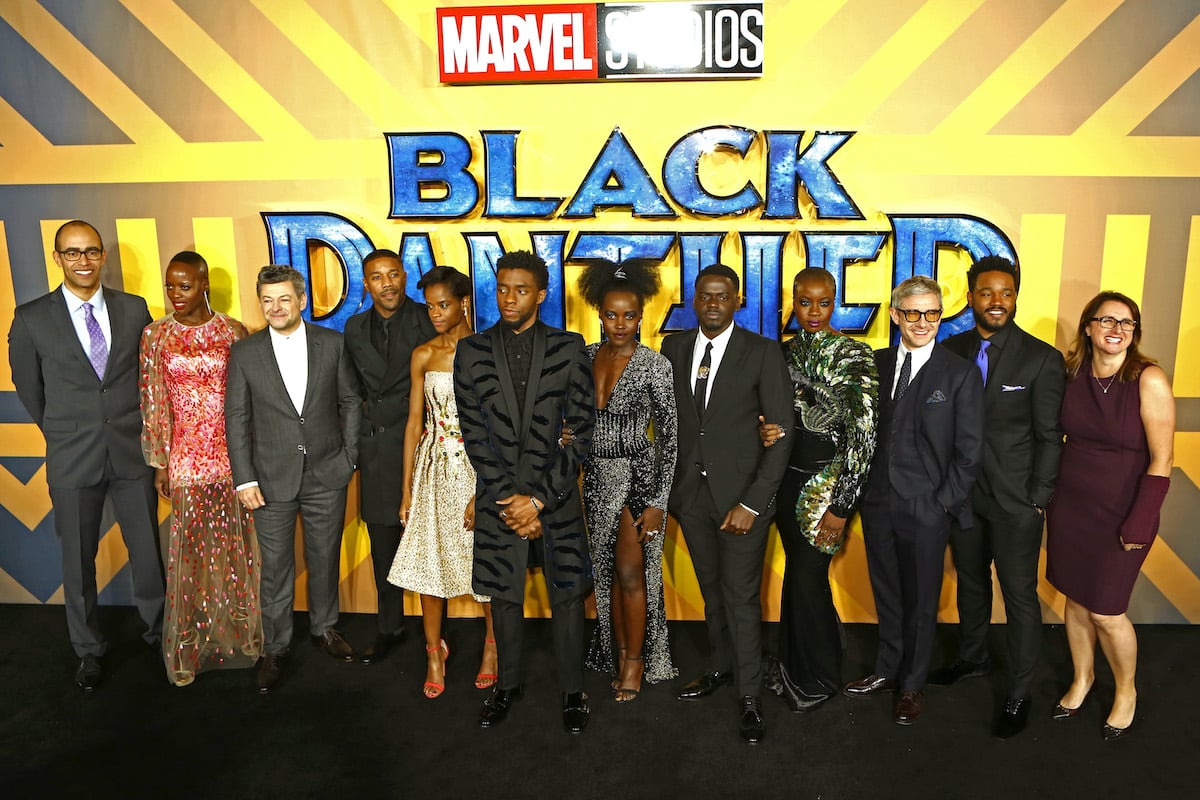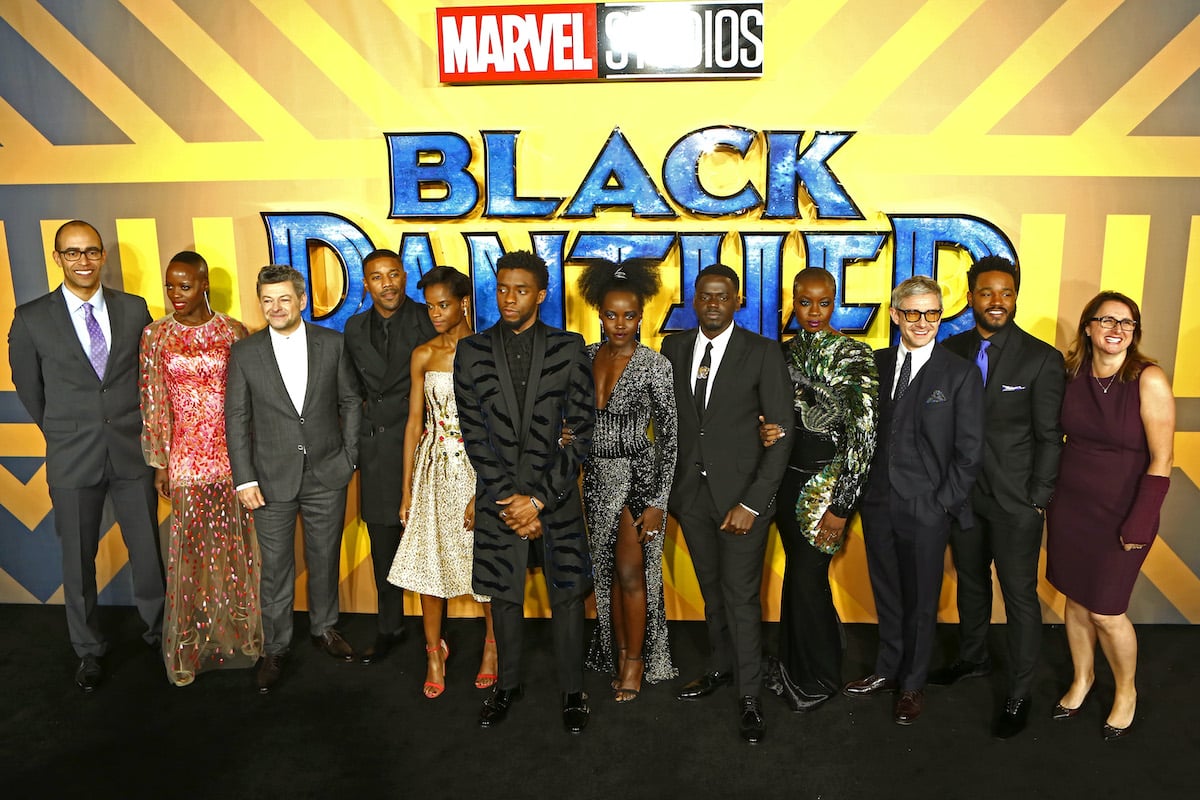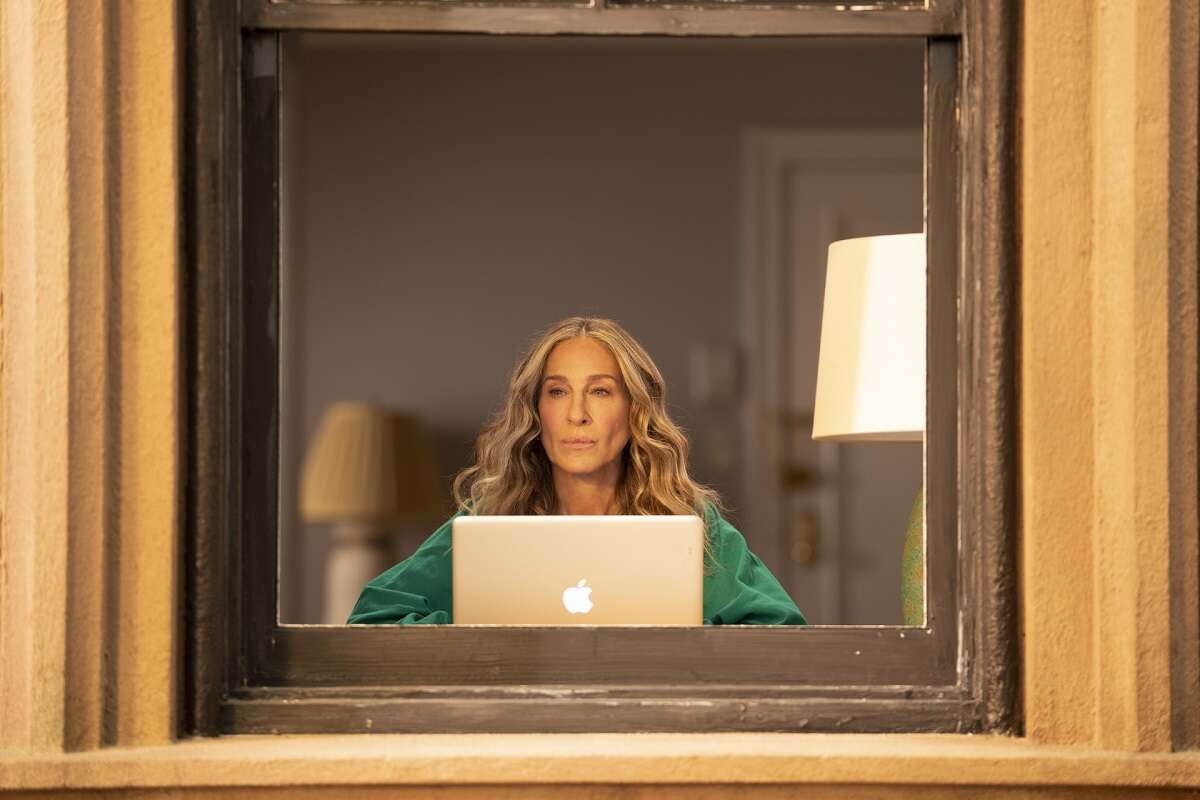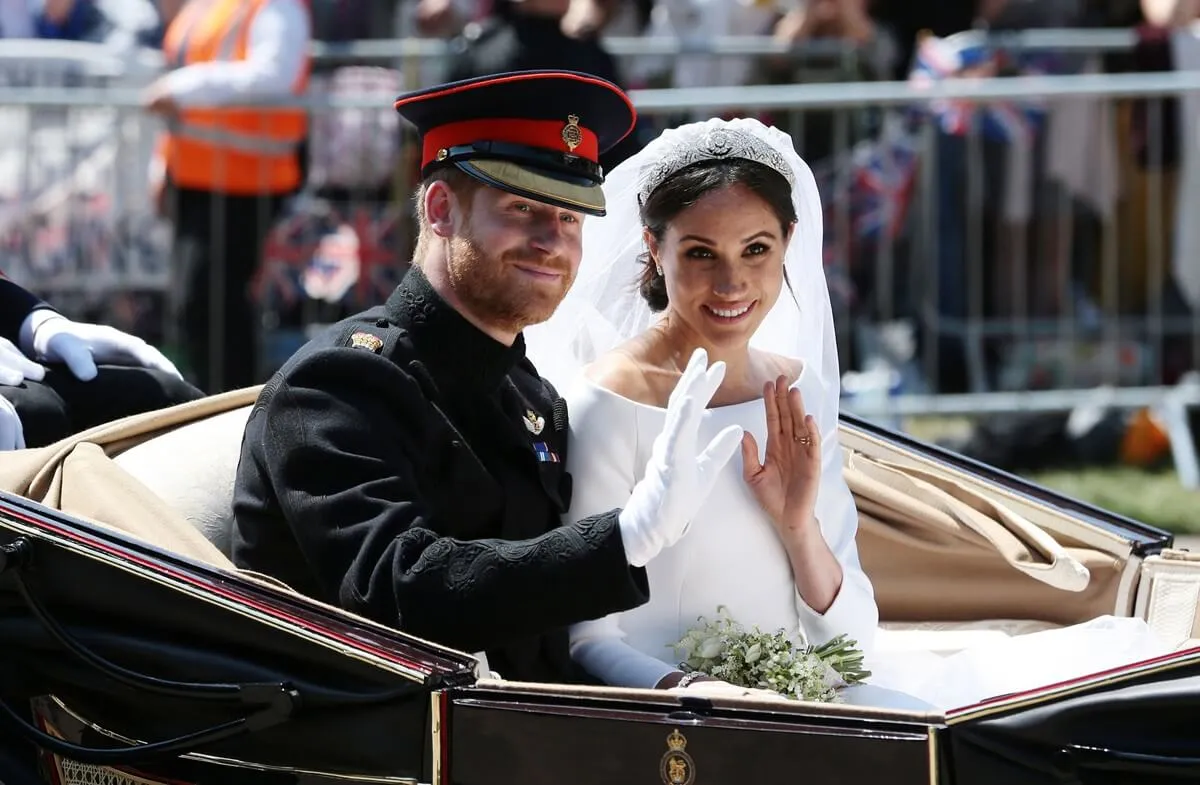
‘Black Panther’ Shows 1 of the ‘Worst’ Things You Can Do With an Ancient Mask, Mythology Expert Explains
The Marvel Cinematic Universe had never seen anything like Black Panther. The movie wasn’t a success solely because of Ryan Coogler’s filmmaking or the collective brilliance of the ensemble cast. For Black audiences, it was the fulfillment of a dream left unrealized far too often.

Black Panther’s depiction of an Afro-Futurist utopia untouched by racial animus was deeply inspiring to moviegoers young and old. But the movie remains grounded enough to provide social commentary without becoming preachy. In one scene, Coogler uses a conversation about masks to make viewers think about the lineage of colonialism that shapes the collections of every major museum.
Killmonger’s museum frustrations are grounded in reality
What makes Killmonger such an effective villain is that his pain is rooted in something familiar: the mistreatment of Black people and Black culture worldwide. His methodology is extreme, but his criticisms are rooted in truth.
One scene that best exemplifies his point of view is when he orchestrates the violent theft of a Wakandan artifact from a museum. It begins with Killmonger talking to a white expert on an exhibit of African masks and tools about the origins of these objects before revealing his true nature.
“Don’t trip, I’m gonna take it off your hands for you,” he says casually before the curator informs him that the items aren’t for sale. Killmonger bites back with a retort that the expert has no real answer for.
“How do you think your ancestors got these? You think they paid a fair price? Or did they take it, like they took everything else?” It is a line of dialog that delivers more impact than the blows in Killmonger and T’Challa’s CGI-laden climactic fight in the third act.
So many totems of African history were taken overseas as a result of American and major European countries pillaging the continent for bodies and less sentient resources. According to The New York Times, a 2018 study by the French government found that 90% of Africa’s material heritage is housed in Western museum collections. That cultural loss is entwined in the disenfranchisement of Africa and the global diaspora, something that greatly undersells the rich history of the region.
In a video for Vanity Fair, Peter Meineck, Professor of Classics in the Modern World at New York University, explained how Wakanda’s status as a hidden kingdom allowed it to resemble the version of the region that was highly influential on Greek and Roman mythology in earlier centuries. (The Black Panther segment begins at the 8:47 mark.)
“What’s happened is that through enslavement and colonization, we have a view of the continent of Africa that is completely false, particularly its history and its rich culture. We can’t just look at the Greeks and Romans in isolation,” Meineck says. “It’s got much wider connotations across the networks of that entire region.”
These masks had deeply spiritual meanings to their communities
The use of masks in the museum scene is particularly notable. These were not ornamental items. In their original cultures, they played a fundamental part in rituals honoring the elder statesmen in their society.
“The old had very high status in ancient societies because they were the fountain of knowledge,” Meineck explains.
“The Romans actually would take death masks of their ancestors, clay versions of them, and then at certain festivals, they would wear the mask of their ancestors and they would parade through the streets in them.”
Removing them from their cultures strips them of their power and communal relevance, transforming the masks into just another item in a museum to be looked at by visitors, most of whom will never fully understand the original context.
“To take that mask and put it in a glass case in a museum is the worst thing you can do to that mask. That mask’s supposed to be worn by a performer who’s been imbued in a whole culture of dancing and performing and telling those stories over centuries. And now it’s become like an aesthetic object with a price on it, and I think this movie actually shows that really well.”
Peter Meineck, Professor of Classics in the Modern World at New York University via YouTube
‘Black Panther’ explores the complicated history of Western museums in an entertaining and profound way
All museums hold significant value for showing people pieces of the world that they’ll never have the chance to visit in their lives, and there’s no reason to doubt that the curator in Black Panther has done all the work she can to learn about the items in the exhibit. But the question is whether these artifacts can ever be fully represented if they stay in places that are completely divorced from their origins.
There have been movements to repatriate certain objects. In 2021, the Brooklyn Museum returned 1,305 pre-Hispanic artifacts to Costa Rica, and some European museums have given items back to various African countries, but these are still only drops in the bucket for a longstanding issue. Marvel movies are sometimes criticized for paying lip service to real-life problems, so it was gratifying for many to see Black Panther explore these ideas so seamlessly.
Meineck is a big fan of the scene and what it represents. “It’s about access, right? And I think one of the things this does is it shows us how if you remove an object from the stories that are told about it and the way it’s performed, is that object still operating the same way?”
He also notes the moment when Killmonger takes a mask with him at the end of the scene. He uses it for ill, but the sense of belonging he gets from the mask is palpable and unavailable to most people. “I think often we see these objects in museums, but we don’t think about them in their real cultural context. Black Panther makes people think about that,” concludes Meineck.


